STORY OF PURI LORD JAGNNATH RATH YATRA (ODISHA)
LORD JAGNNATH RATH YATRA
JAY JAGNNATH
LORD JAGANNATH, SUBHADRA AND BALABHADRA ARE THREE DEITIES SEEN AT PURI
THE SEA BEACH ART OF LORD JAGNNATH IS A TRADITIONAL
ART FORM
An major Hindu holiday known as Ratha Yatra, or the Festival of Chariots, is celebrated each year in the summer. Although Ratha Yatra is observed all throughout the world, the biggest and most well-known celebrations take place in Puri, India. The Jagannath Temple in Puri is the site of the festivities.
Lord Jagannath or Krishna (a Vishnu incarnation) and his siblings Subhadra and Balabhadra or Balaram are central to the narrative of Puri's Jagannath Rath Yatra. One mythology holds that the Jagannatha Yatra represents Lord Jagannath's trip from Brinadavan to Mathura in order to kill his cunning uncle Kansa.
RATH YATRA VIEWS
MAUSI MAA ( GUNDICHI DEVI TEMPLE )
The Jagannath Puri Rath Yatra is a journey from the Jagannath Temple in Puri to the Gundichi Devi Temple in Mathura, India. Every year, the three deities are carried on chariots few miles away to Gundichi Temple on the second day of the new moon in the month of Ashada (June-July). It is believed that those who manage to get a glimpse of the idols in the chariot will have a prosperous year ahead. Every year, 4-5 lakh pilgrims from all religions and faiths flock to the temple to get a glimpse of the idols in the chariot. It is believed that those who manage to get a glimpse of the idols will have a prosperous year ahead.
MAUSI MAA TEMPLE
The Puri Rath Yatra is a ritualistic bath given to the three idols of the Jagannath Temple. On the day of the Yatra, people gather around the temple chanting and dancing while waiting for the King of Puri to bring the idols out. He sweeps the chariot with a gold handle broom and decorates the floor with flowers before deeming it fit for the deities. The three chariots are made of wood and decorated by local artists. They are pulled manually by 50-metre long ropes and people rush to help pull the chariots as they believe that pulling the chariot earns them good deeds.
THE DISTANCE FROM PURI TO MAUSI MAA TEMPLE
The distance from Puri to Gundicha temple is roughly 3 km but due to the large amount of crowd, Puri Rath Yatra takes a couple hours to reach. Once reached, the deities reside at the temple for a period of nine days where pilgrims are allowed.
HISTORY BEHIND THE NAME JUGGERNAUT
The Puri Rath Yatra is the oldest and grandest festival to take place every year in India. It dates back to the Hindu Puranas, having mentions in the Skanda Puran, Brahma Puran and Padma Puran. The distance from Puri to Gundicha temple is roughly 3 km, but due to the large amount of crowd, it takes a couple hours to reach. Once reached, the deities reside at the temple for a period of nine days where pilgrims are allowed darshan before taking it back to Puri in the same way. On the way back, the procession halts at the Mausi Maa Temple (their aunt’s abode) where the deities are served with Poda Pitha (a kind of a sweet pancake).
The Puri Rath Yatra greatly signifies the feeling of brotherhood that is present among the people who gather here in spite of coming from different social structures and parts of the world. When the British ruled India, they referred it as Juggernaut, meaning a huge vehicle which would crush anything that comes in its way. However, the name Juggernaut was derived from the word Jagannath, which literally means, ‘The Lord of the World’.


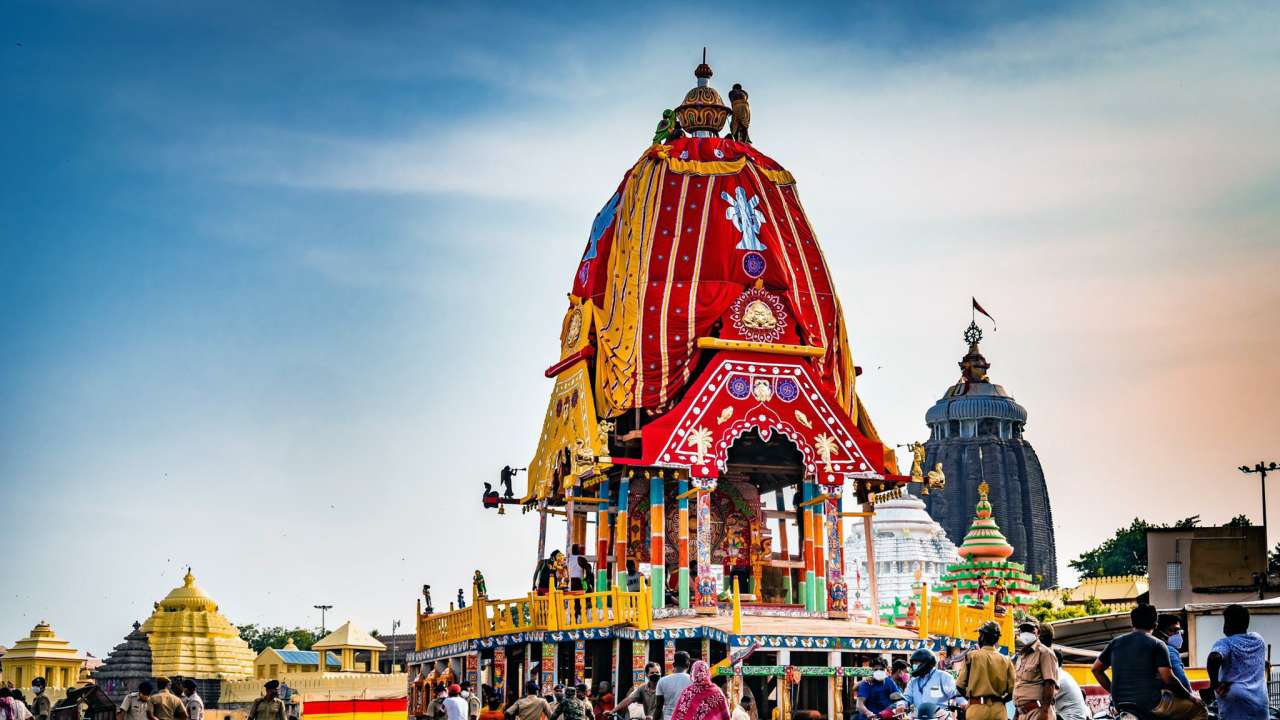
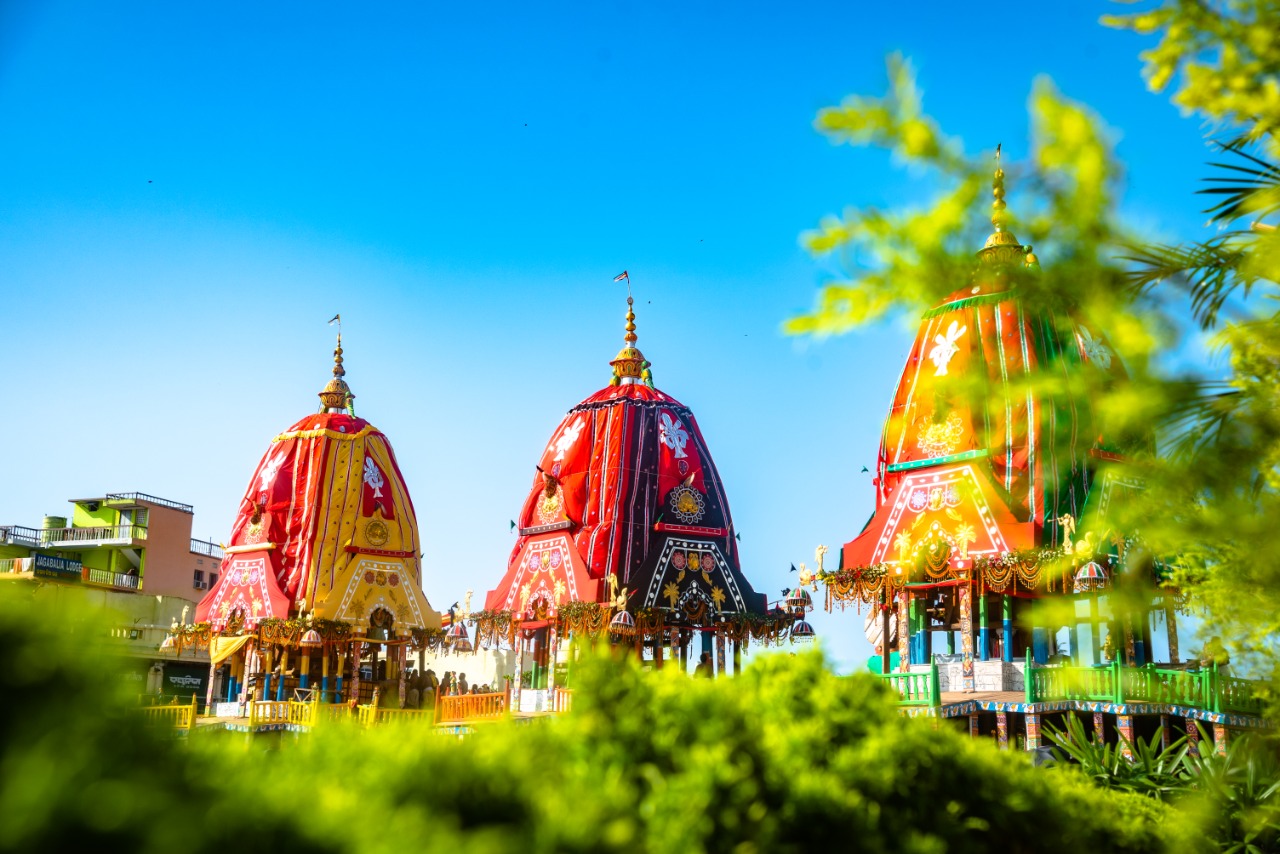
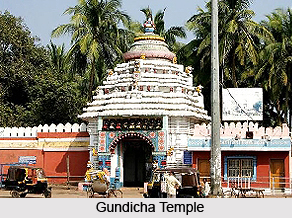
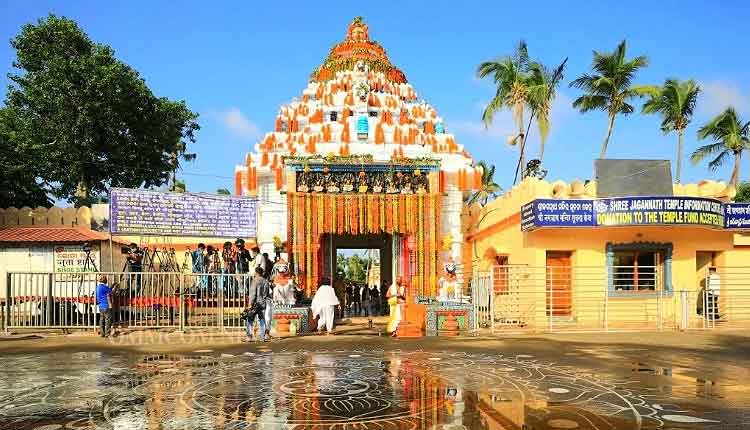
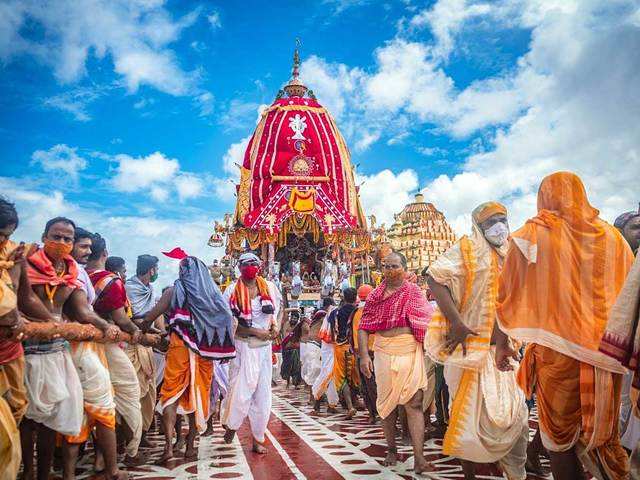
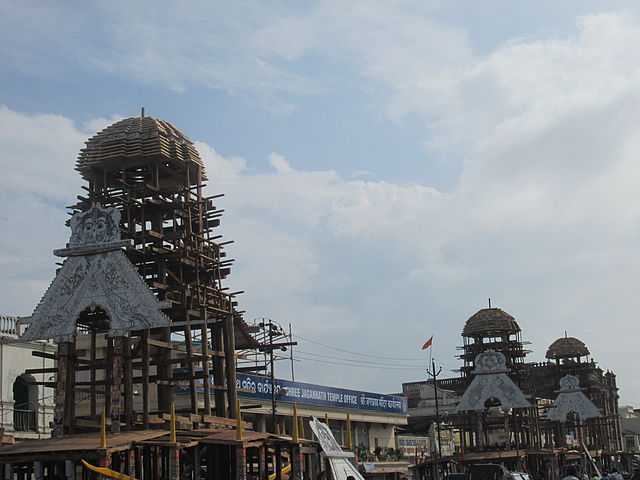

Comments
Post a Comment